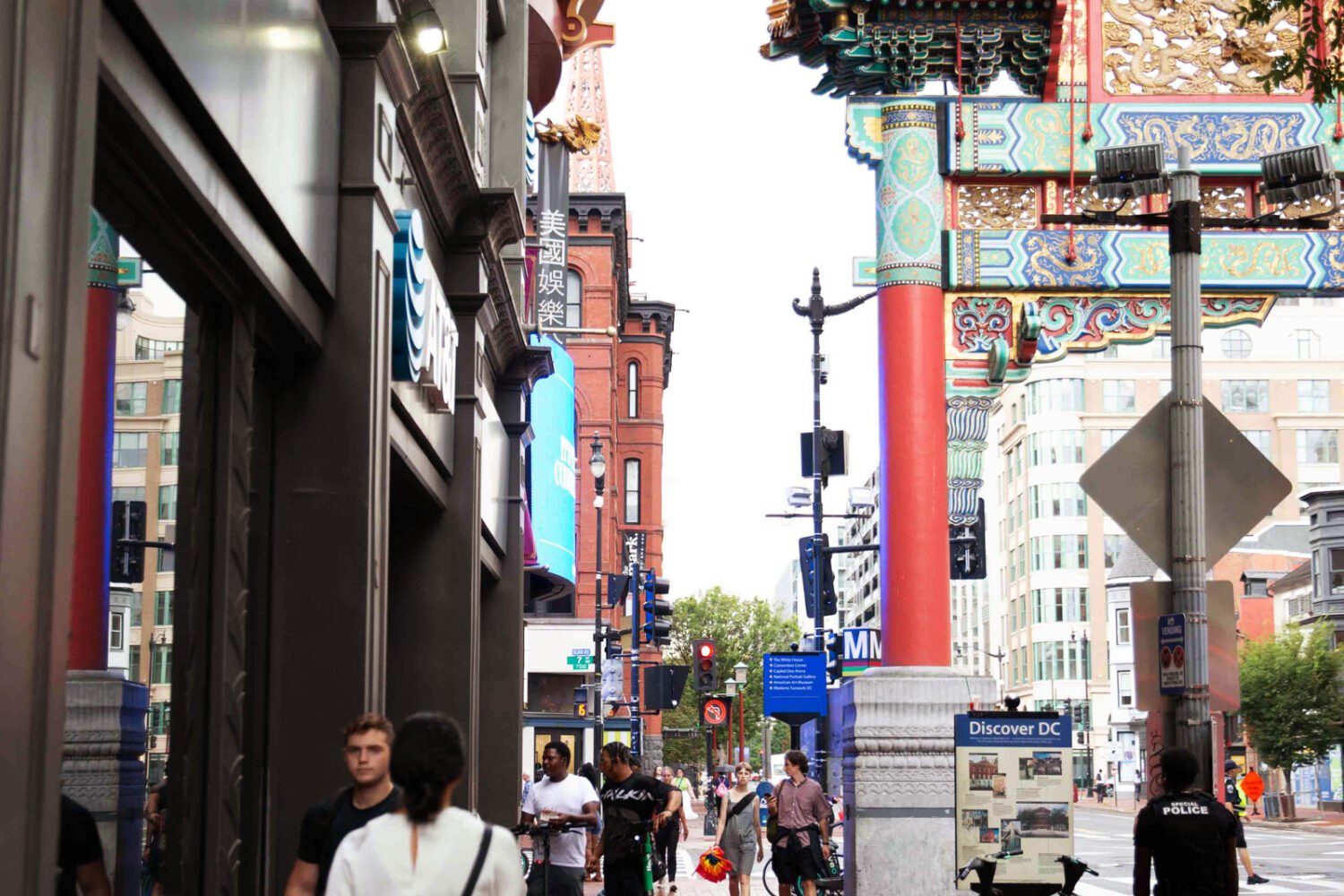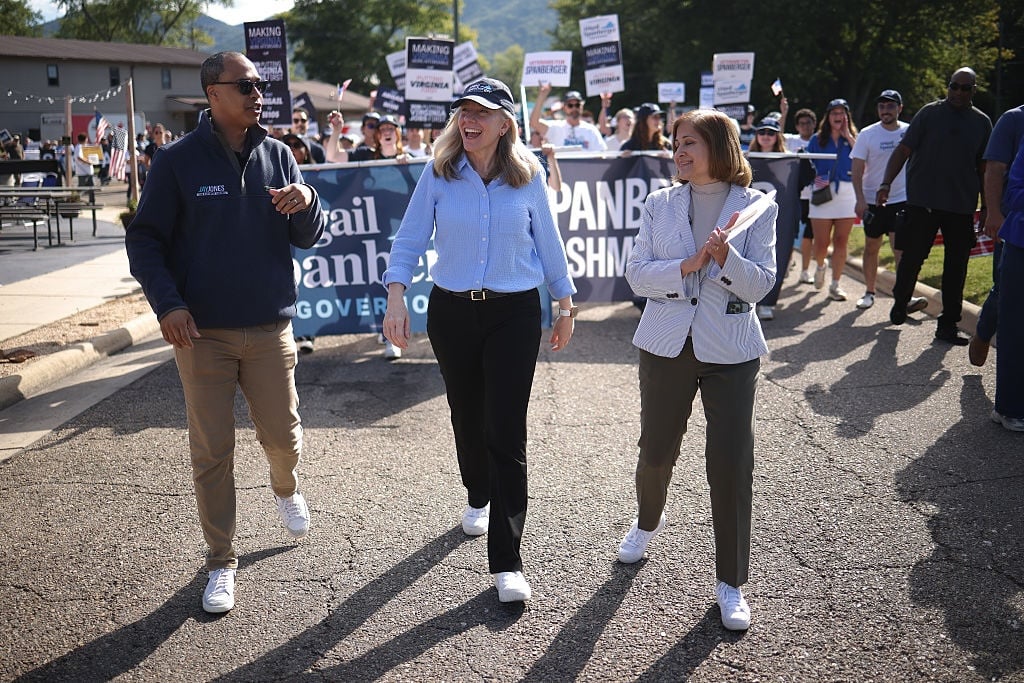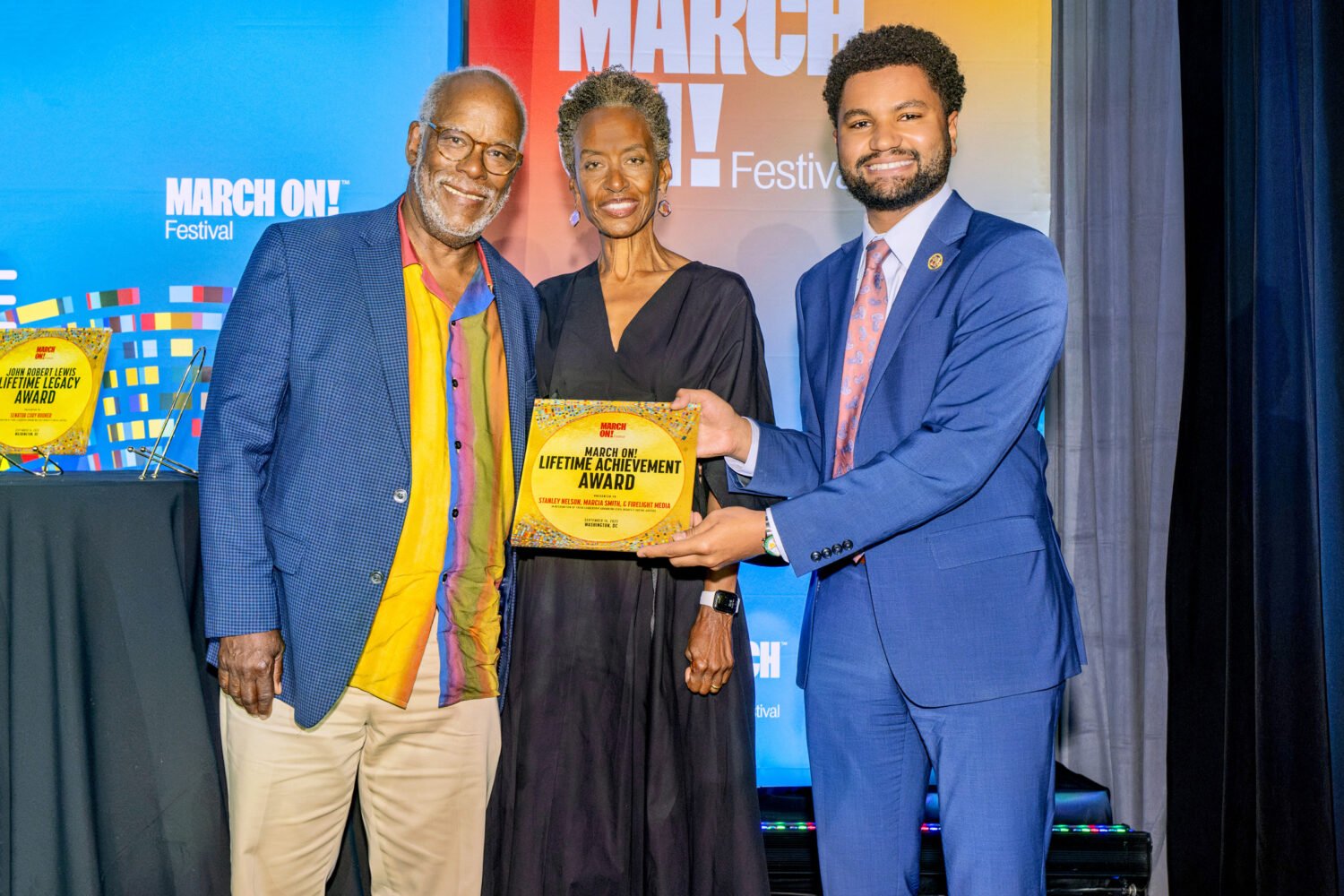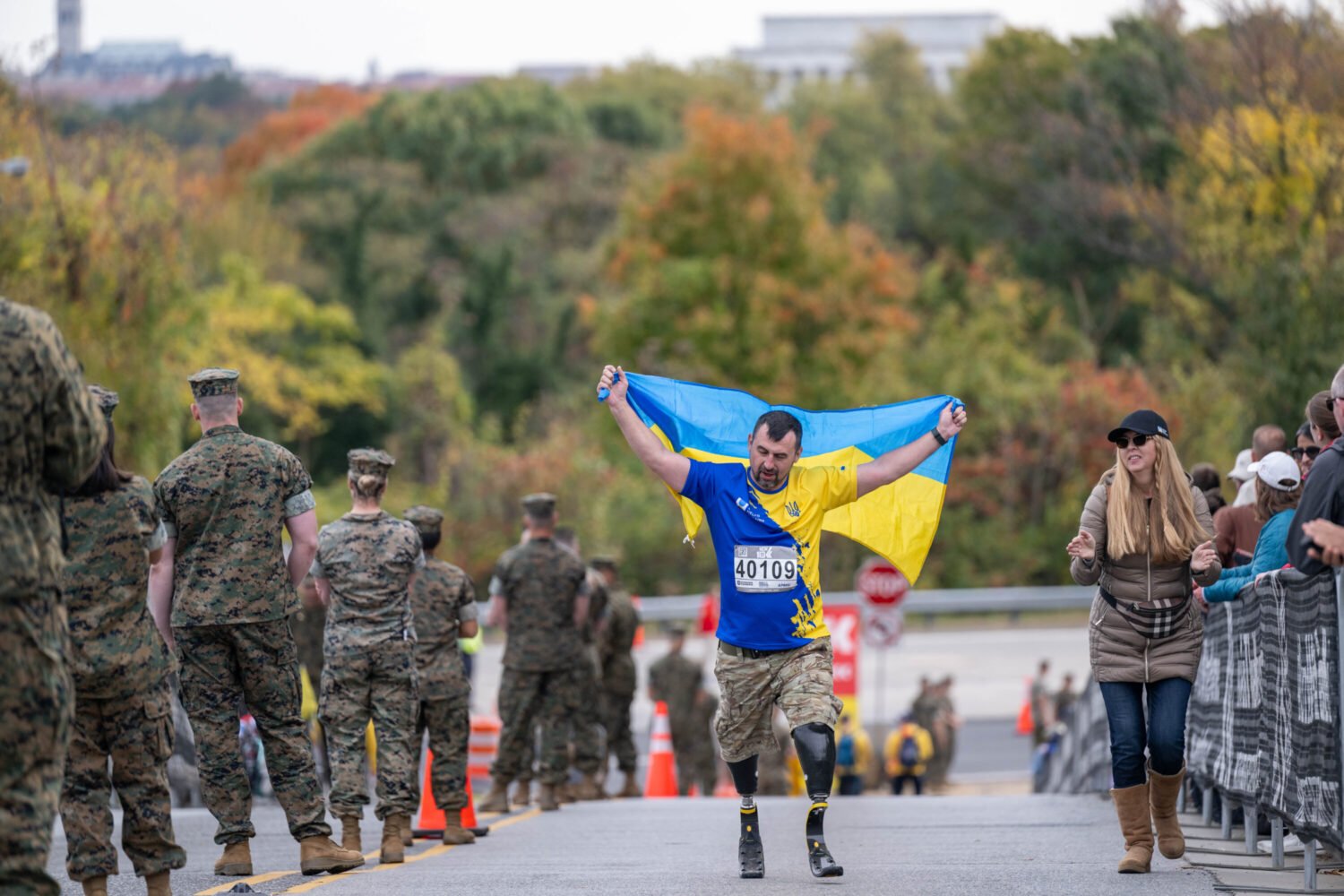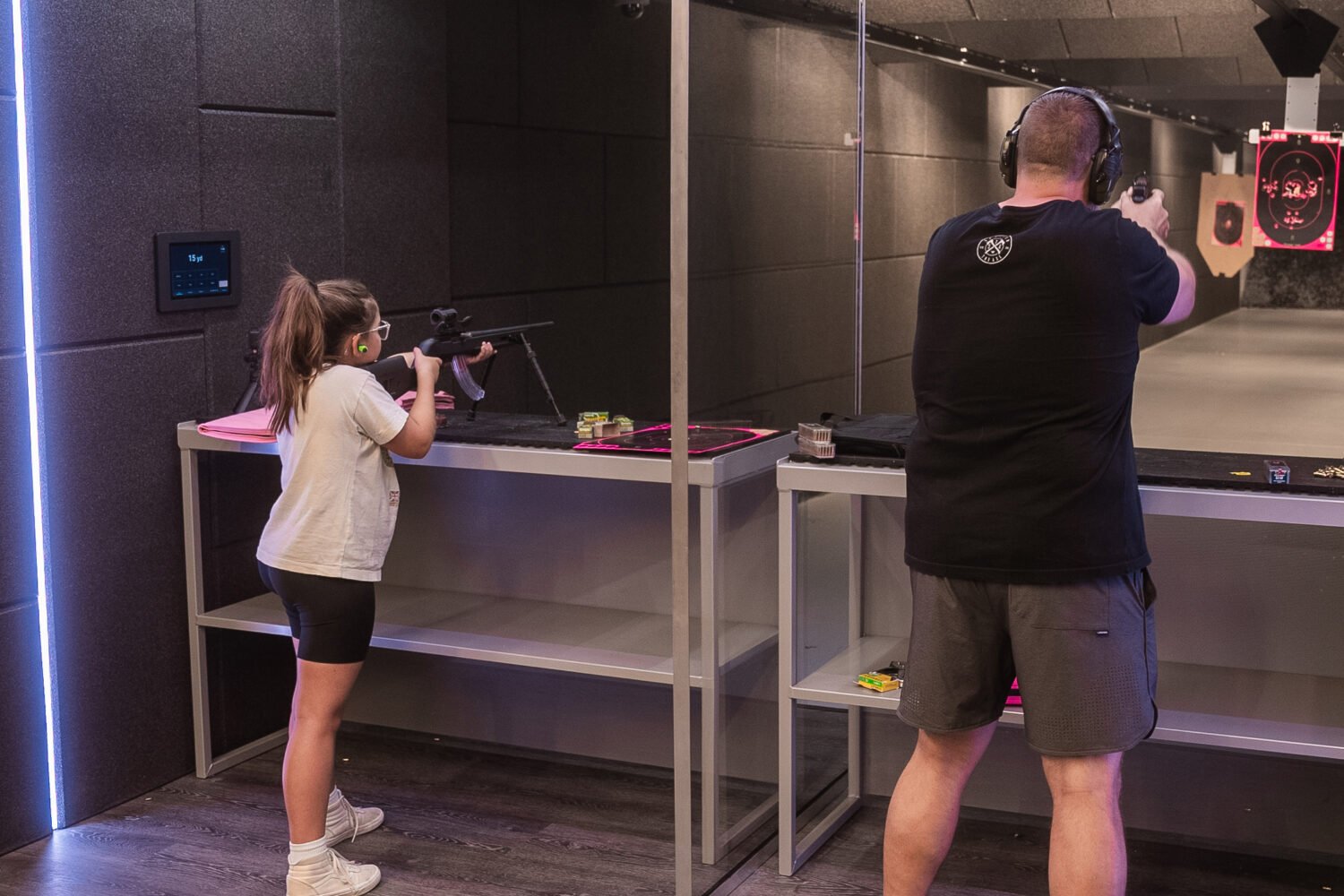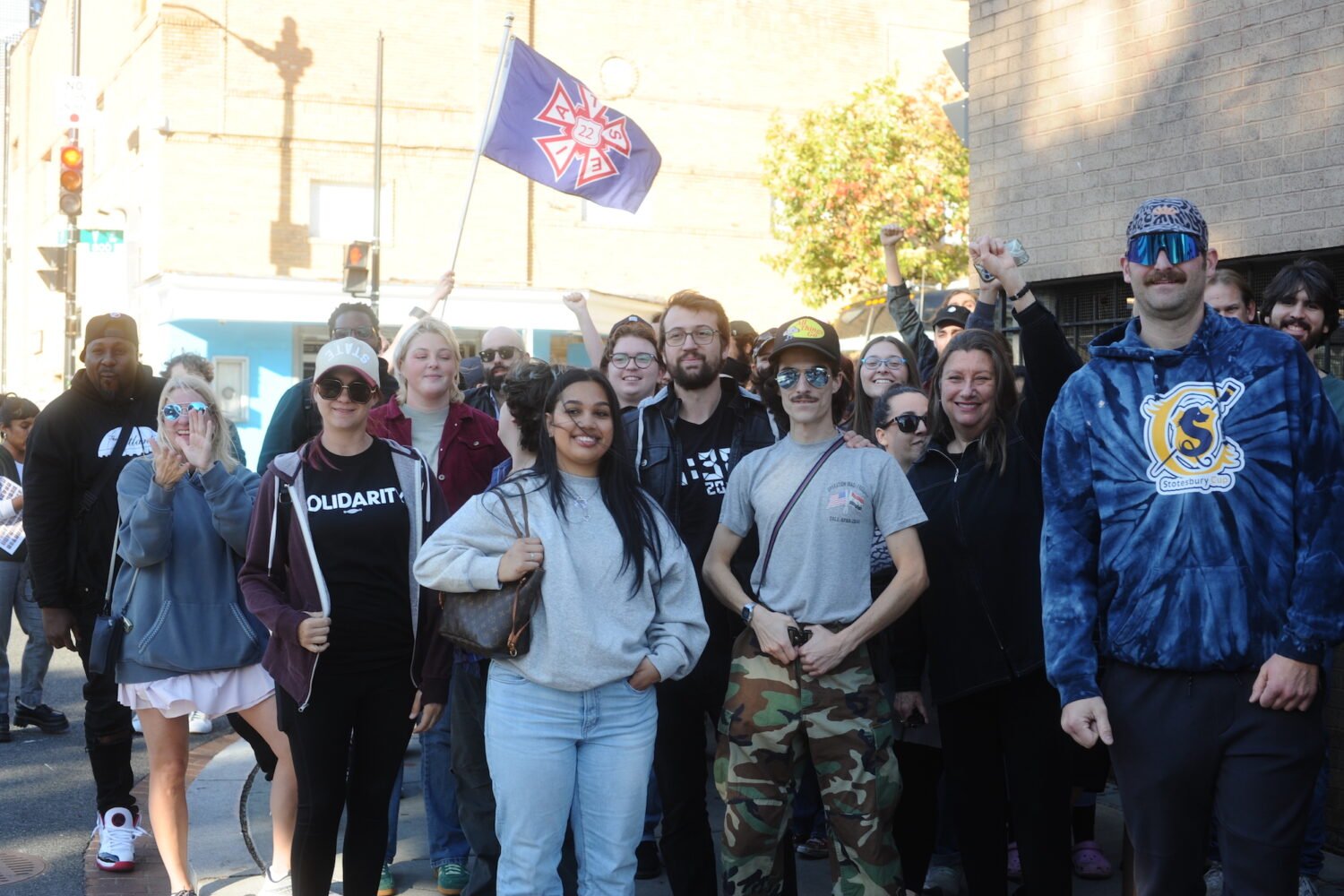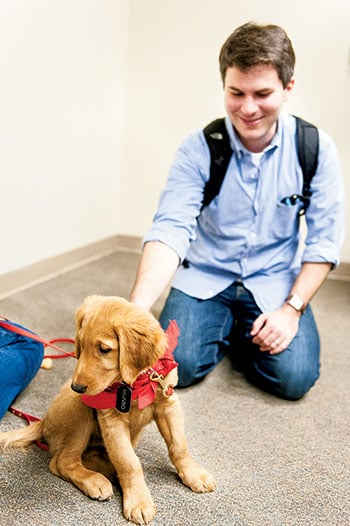
Students wait outside the classroom door, backpacks slung over their shoulders and books in hand. When the wooden doors swing open, it’s not a professor who greets them—a ten-week-old puppy swivels his head around and looks at them with deep-brown eyes, a red handkerchief tied around his sandy-brown fur. The group of students create a circle around the puppy, Munro, oohing and awwing as he weaves back and forth between their knees.
For the past three years, Georgetown Law has hosted Pause for Paws, an event during finals week in which it brings in therapy and service dogs to offer students a break from studying and to lift their spirits. Founder Tianda Harris, a third-year Georgetown Law student, trained a therapy dog while an undergrad at the University of Tennessee at Martin. “I saw the incredibly relaxing effect a therapy animal can have on people,” Harris says.
Law schools are known as high-stress environments, especially during exam week. Research shows that interacting with animals could lead to a reduction in cortisol, a steroid hormone released in response to stress, and to an increase in oxytocin, which encourages social behaviors and has been nicknamed the “cuddle hormone.”
In 2011, Yale Law School garnered media attention when it introduced a therapy dog, Monty, that students could “check out” from the library for 15 to 20 minutes. Schools around the country—including medical schools and undergraduate colleges—have launched similar programs. In Washington, the trend caught on in law schools. Besides Georgetown, law schools at American, George Mason, and George Washington universities have started events with dogs around finals week. Most schools partner with programs that train therapy dogs or with nonprofit rescue groups or shelters.
Munro, who is training to be a service dog with Veterans Moving Forward, was named in memory of Douglas A. Munro, the only member of the US Coast Guard to receive the Medal of Honor; he died while evacuating a group of Marines in Guadalcanal in 1942.
“Every part of that day [with Georgetown Law students] was a learning experience for Munro,” says Mary Joan Loughnane, a puppy raiser with Veterans Moving Forward. “The more people they are exposed to while young, the better service dogs they become.”
Jennifer Hose, a first-year law student at American, starts her day at 8 am and doesn’t stop studying until 8 pm—the typical schedule of a first-year student, she says. So when finals week hit, Hose was exhausted. “It was a much-needed stress break,” she says of the chance to play with dogs from A Forever Home, a rescue nonprofit in Chantilly. “It reminds you that there are other things out there besides school.”
During its most recent event in December, AU’s Washington College of Law welcomed 12 dogs, including a litter of Labrador retrievers, a Chihuahua, and a basset-hound mix. About 250 students, staff, and faculty spent time with the animals during the three-hour session, says David Jaffe, the law school’s associate dean for student affairs, who says the event helps students learn to relax: “If you feel this relaxed and comfortable holding this puppy, channel the energy to preparing for and taking exams. There’s no reason you can’t.”
An additional benefit of such programs: Schools have helped find homes for dozens of dogs. Richard Kelsey, assistant dean for management and planning at George Mason School of Law, adopted Dynamite, a beagle-terrier mix, after an event in 2011. “I looked across the room and saw this dog,” he says. “She was sandy-brown and had the cutest little face. I went over and held her and immediately thought, ‘This is my dog.’ ”
This article appears in the April 2014 issue of Washingtonian.


